Latest News
U.S. Airstrikes in Afghanistan Are at Levels Not Seen Since Obama Troop Surge
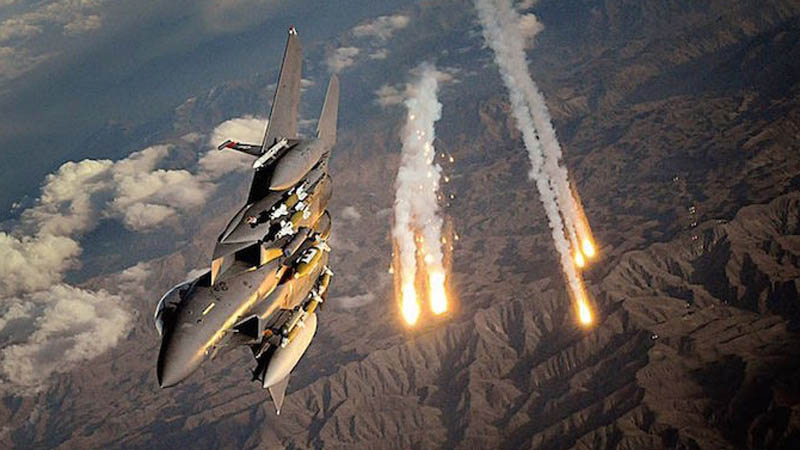
 The U.S. air war in Afghanistan has returned to a level of intensity not seen since American forces were still fanned out across the country and fighting Taliban militants in daily skirmishes in 2012, according to recently released military data.
The U.S. air war in Afghanistan has returned to a level of intensity not seen since American forces were still fanned out across the country and fighting Taliban militants in daily skirmishes in 2012, according to recently released military data.
As of June 30, U.S. and coalition aircraft had dropped or expended 1,634 munitions in Afghanistan so far this year, according to U.S. Air Force numbers. By comparison, in 2015 and 2016, that figure was 298 and 545 respectively.
The majority of this year’s strikes have been used to go after the Taliban, said Navy Capt. Bill Salvin, a spokesman for the U.S.-led mission in Afghanistan. A portion of the air support, however, has also been directed at terrorist groups such as the Islamic State.
The surge in U.S.-led air attacks comes as the Pentagon weighs whether to send thousands more troops into Afghanistan in a bid to reverse three years of steady gains by the Taliban. While Secretary of Defense Jim Mattis pledged to deliver a strategy to Congress this month, some lawmakers see any increase in support to what has become America’s longest running war as futile.
On Monday, a U.S. Marine unit in Helmand province — often known as the birthplace of the Taliban — said it had helped the Afghan Army retake a district center south of the provincial capital of Lashkar Gah and that the operation had been supported with “numerous” U.S. airstrikes. Earlier this month, Army Pfc Hansen B. Kirkpatrick was killed in the same area when an Army Special Forces team he was with came under accurate mortar fire. Two other soldiers were wounded. Though Afghan forces control some population centers in Helmand, the Taliban are able to move around almost completely unrestricted.
An April report released by Special Inspector General for Afghanistan Reconstruction indicated that Afghan forces control 60 percent of the country, up from 57 percent in November last year. That same report indicated the Taliban had gained a percentage point of ground, still putting the militants’ control of territory at its highest in the country since U.S. forces invaded the country in 2001. The rest, the report said, remains contested.
To help prevent further losses, then-President Obama gave the commander of U.S. forces in Afghanistan, Army Gen. John Nicholson, authority to go after the Taliban with airstrikes. Before the June 2016 decision, U.S. forces were only allowed to target the Taliban with air support when defending U.S. troops alongside their Afghan counterparts. The new powers, known as the “strategic effects authority,” were supposed to be used sparingly, during times when the U.S.-provided air support could effectively change the strategic outcome of a battle.
The renewed intensity of the U.S.-led air campaign, along with the burgeoning capabilities of the Afghan Air Force, have also meant Afghan civilians are dying more frequently from aerial attacks. Salvin said that the Afghans had carried out 1,000 strikes this year, compared to 1,600 for all of 2016.
A report released Monday by the United Nations Assistance Mission in Afghanistan documented 95 civilian deaths and 137 wounded from airstrikes during the first six months of this year. The report said the Afghan Air Force was responsible for 29 of the deaths. It is unclear if the Afghan Air Force, like its coalition counterparts, uses guided or “smart” munitions. In 2016, a spokesman for the U.S. mission in Afghanistan told reporters the Afghan Air Force was not using guided bombs, and Salvin did not know if that had recently changed.
“The increase in civilian casualties from aerial operations affirms the criticality of continuous review of targeting criteria and pre-engagement precautionary measures in both offensive and defensive aerial operations,” the report said.
These figures, according to the report, equate to a 67 percent increase in civilian deaths compared to the same reporting period from 2016. Overall, however, civilian casualties at the hands of pro-government forces are down by roughly 20 percent, the report said.
Civilian casualties in Afghanistan continue to remain at record highs since the U.N. mission to Afghanistan began tracking civilian deaths in 2009. Tens of thousands of civilians and more than 2,000 U.S. troops have died in Afghanistan since 2001. Currently, there are roughly 8,500 U.S. troops serving alongside approximately 5,000 NATO forces in the country.
Written by: Washington Post

Latest News
EU launches 36 million euros project to support displaced Afghans
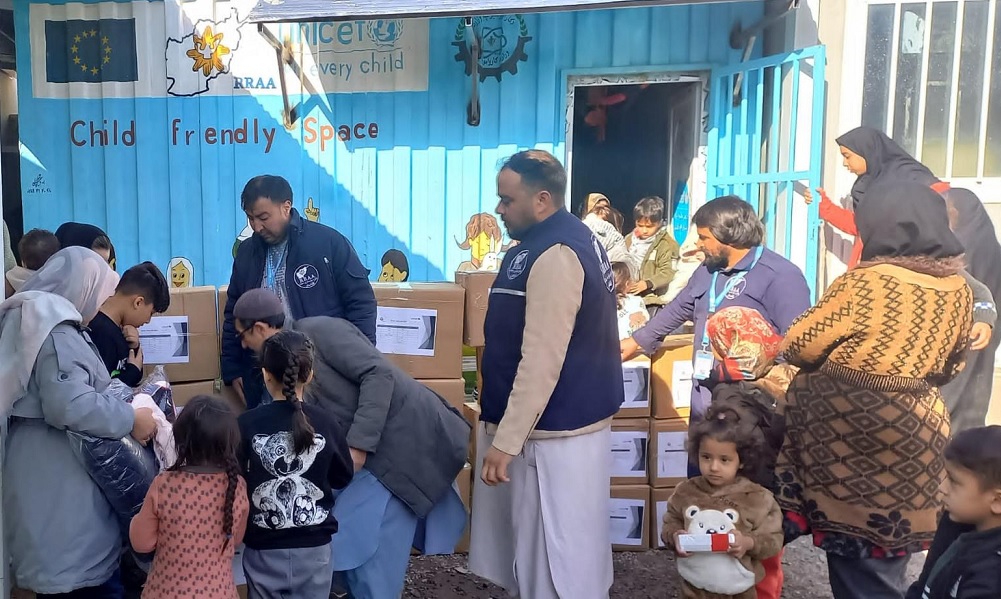
The United Nations refugee agency (UNHCR) and the European Union (EU) have signed a new agreement euros to continue to support displaced Afghans and host communities in Afghanistan, Iran, Pakistan and countries in Central Asia.
With substantial EU funding of EUR 36 million, hundreds of thousands of Afghan refugees, returnees, and internally displaced persons (IDPs) will benefit from essential protection, livelihood opportunities, and other basic services, EU said in a statement.
“The EU will continue our strong support to Afghans on the move. This new contribution to UNHCR is part of a bigger EU effort in the area of migration supporting opportunities and essential services to displaced women, men, children inside Afghanistan and the neighbouring countries. Our assistance will contribute to improve living conditions of individuals and broader communities,” Veronika Boskovic Pohar, Chargée d’affaires of Delegation of the European Union to Afghanistan, said.
UNHCR’s Representative in Afghanistan, Arafat Jamal said: “This longstanding partnership with the European Union marks a significant step forward in our efforts to support Afghan returnees and refugees in host countries. Through these initiatives, we aim to provide not only life-saving assistance but also the tools needed for displaced populations to rebuild their lives and contribute to their communities.”
Kicking off in January 2025, the three-year programme will run through December 2027, focusing on long-term recovery and resilience.
Afghans represent one of the world’s largest refugee populations, with 2.6 million registered globally. Of these some 2.2 million are in Iran and Pakistan. Additionally, some 3.2 million people remain internally displaced within Afghanistan and hundreds of thousands have returned from neighbouring countries since September 2023.
Latest News
Pezeshkian, Putin stress importance of maintaining peace and stability in Afghanistan
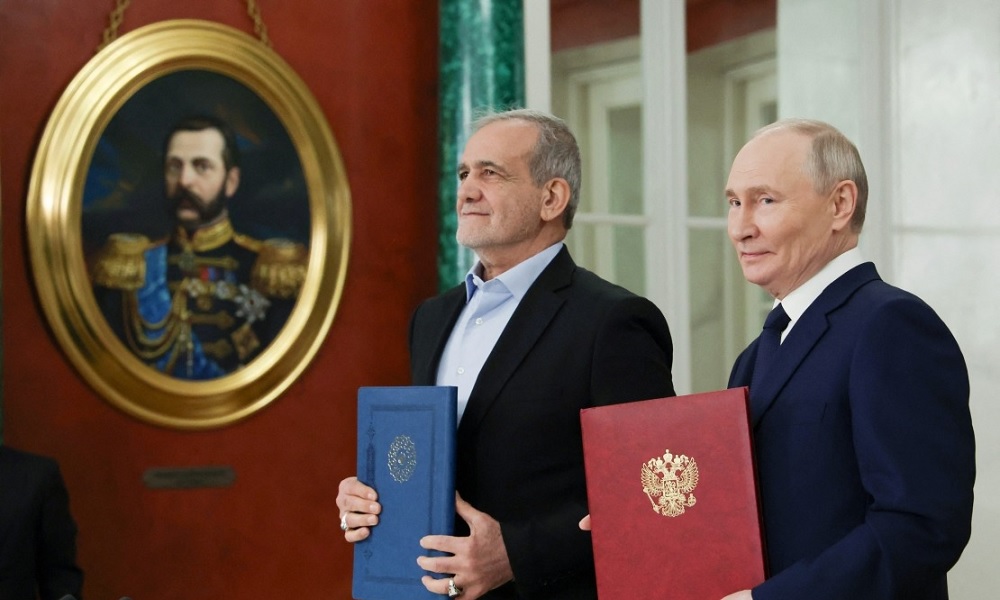
Iranian President Masoud Pezeshkian and his Russian counterpart, Vladimir Putin, discussed the situation in Afghanistan among other issues during their meeting in Moscow on Friday.
"Given the current regional situation, enhancing the level of security cooperation on issues such as combating extremism, terrorism and organized violence were emphasized. Also there was exchange of views on a wide range of regional issues, including the Middle East and the Caucasus, and the importance of maintaining peace and stability in Afghanistan was stressed," Pezeshkian said in a joint press conference with Putin.
Putin and Pezeshkian deepened military ties between their countries on Friday by signing a 20-year strategic partnership.
Under the agreement, Russia and Iran will boost cooperation in a range of areas including their security services, military drills, warship port visits and joint officer training.
Latest News
India says it seeks to strengthen relationship with Afghanistan
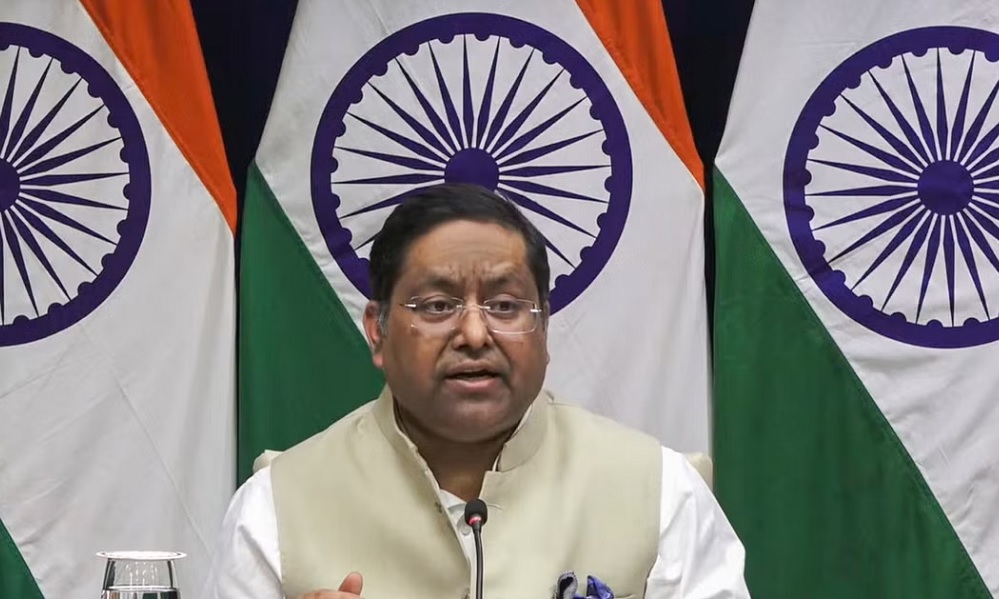
Indian foreign ministry said on Friday that New Delhi seeks to strengthen its relationship with the people of Afghanistan.
The remarks come after India's Foreign Secretary Vikram Misri met with acting Foreign Minister of the Islamic Emirate of Afghanistan (IEA), Amir Khan Muttaqi, in Dubai last week.
Indian foreign ministry’s spokesperson, Randhir Jaiswal, told reporters that it was Delhi’s highest level of engagement with the IEA since their takeover of Afghanistan in 2021.
“We have clearly spelled out that we want to do more to offer humanitarian assistance and also to engage with the people of Afghanistan on development cooperation, and both these counts we want to continue to build on what we are doing there to strengthen our long-standing relationship with the people of Afghanistan,” Jaiswal said.
He said that India also wants to do more on sports.
“You would have seen there are several cricket players from Afghanistan who play here in IPL, Greater Noida or one of the places also happen to be the home ground,” he said.
On the meeting in Dubai, IEA’s Ministry of Foreign Affairs had said that they saw India as a “significant regional and economic partner.”
It said that the meeting discussed expanding relations with Afghanistan and boosting trade through Chabahar Port in Iran.
-

 Latest News5 days ago
Latest News5 days agoAfghan girls’ education issue requires dialogue at all levels: UN envoy
-

 Regional3 days ago
Regional3 days agoIran never plotted to kill Donald Trump, Iranian president says
-
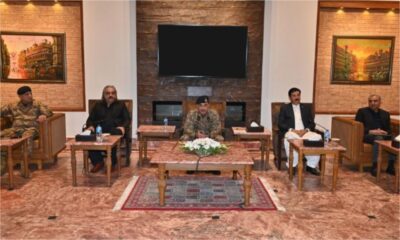
 Latest News4 days ago
Latest News4 days agoPakistan officials stress need for security talks with Kabul
-
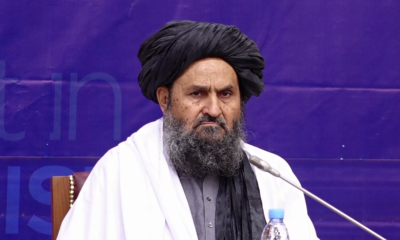
 Latest News2 days ago
Latest News2 days agoIEA has provided facilities for industrialists and investors: Baradar
-

 Latest News4 days ago
Latest News4 days agoPakistan’s deputy FM discusses Afghanistan with UN envoy
-
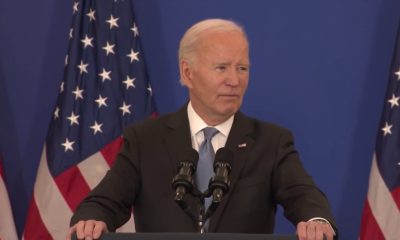
 Latest News4 days ago
Latest News4 days agoBiden mentions Afghanistan withdrawal during end-of-term speech
-
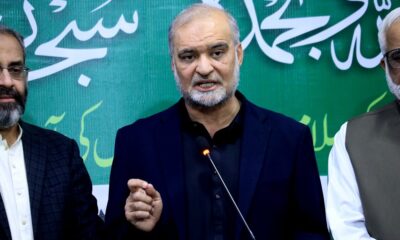
 Latest News1 day ago
Latest News1 day agoPakistani politician Rehman says his country cannot afford war with Afghanistan
-

 International Sports3 days ago
International Sports3 days agoILT20: Desert Vipers cruise to six-wicket victory Over Gulf Giants
















